Trip Safety: Don’t Get Stuck in the Dark
Embarking on a backcountry adventure can be one of the most rewarding experiences. When all the planning, anticipation, and physical effort culminate in awe-inspiring views, you receive a feeling of escape not available in the front country. While one of the greatest gifts you can give yourself is to continually go deeper and find more remote settings, it’s not without its own perils. As a Search and Rescue (SAR) Member, I’ve seen firsthand how a potentially fantastic day can turn into the worst day of
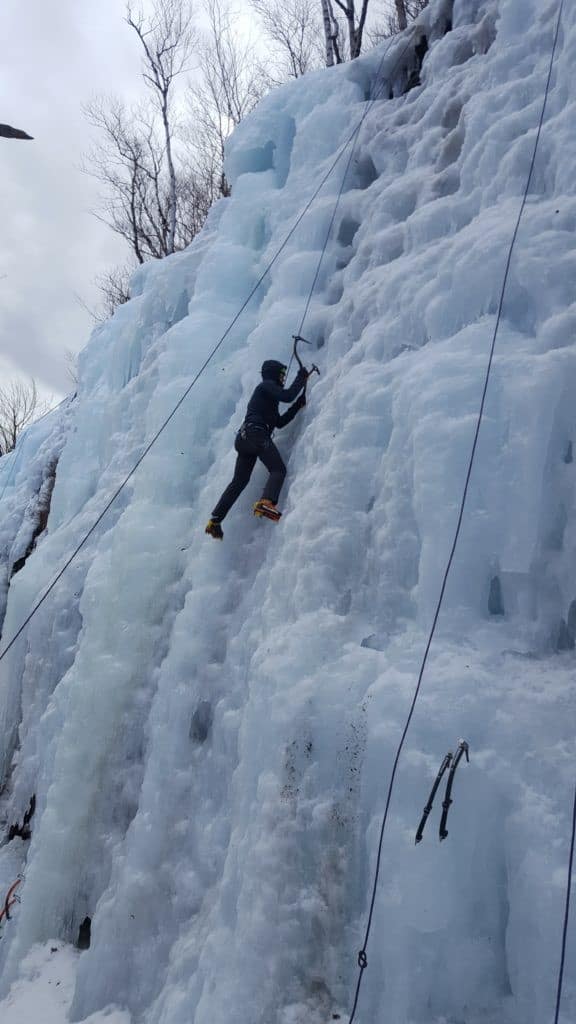
Preparation is crucial for trip safety in your backcountry expeditions. This simple statement has so many layers to it; it’s easy to brush it off and
Trip Safety: Pack the Right Gear
Gear is sexy. You can read a million and a half blog posts or YouTube videos on gear. From reviews to proper load-outs, there is a lot to learn and it seems to keep getting more complex. However, the basics maintain true. Pack your 10 essentials. While I firmly stand by my alpine“light and fast” style and agree that the ability to move quicker adds safety, there are certain things that are worth the weight.
Illumination
Last summer, there were multiple rescues to aid hikers stuck in the dark. Even if you’re setting out at sunrise and you feel overly confident you can get your hike done in just a morning, please still bring a headlamp. It makes my wife happy when I get to eat dinner with her on a Sunday night, instead of setting out to rescue hikers stuck in the dark.
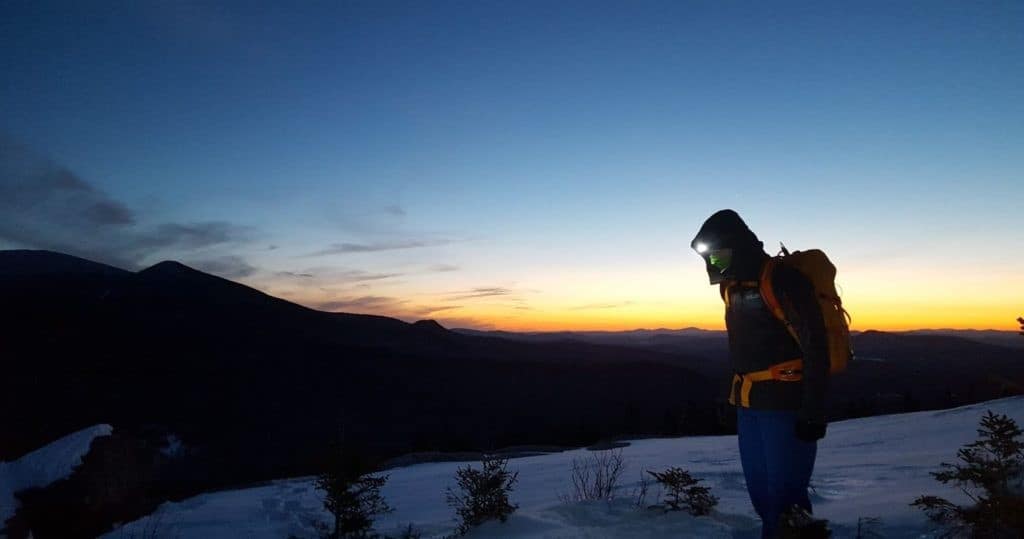
In that same vein, bring extra batteries, especially if you’reworking on a big day. Fancy headlamps that use built-in lithium Ion batteries definitely help cut weight, but when it dies, it’s dead until you get back to a charger. My climbing partner was the victim of exactly this scenario coming down a 30-degree scree pitch off Mount Temple (BANFF, Canada) at 3 am. Our fast decent turned to a crawl when we were reduced to one headlamp. Learn from our mistake.
First Aid Kits
First aid kits are our specialty here at Adventure® Medical Kits, and I love the fact that I have so many supplies at my disposal to build kits. I’m a huge fan of our Mountain Series Day Tripper Lite kit. It’s perfect for day trip adventures and isn’t overloaded with unnecessary supplies. It also has great organization and labeling; in a rush, you can find exactly what you’re looking for. Another option is the custom bag from the Mountain Series, which lets people like me build their own kit and label it as needed.
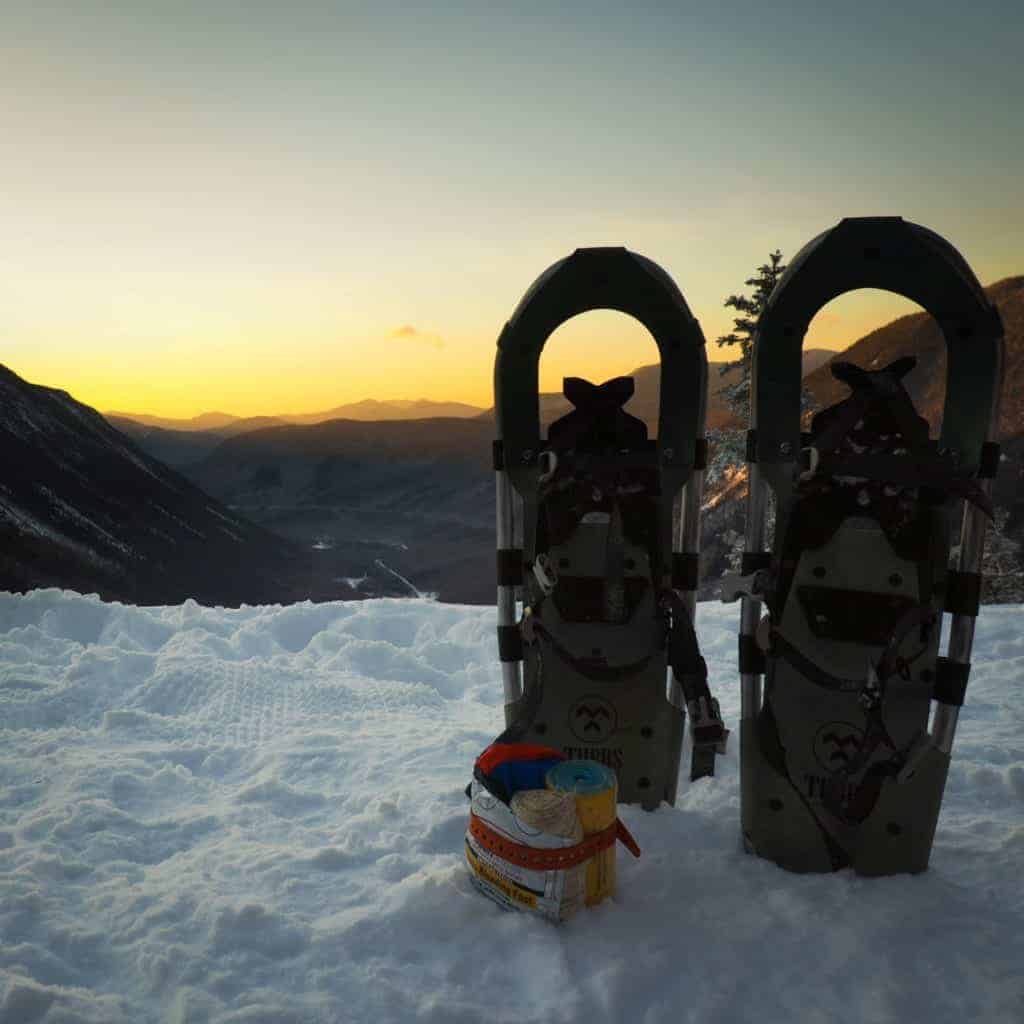
Regardless of if you build your own kit or use a premade version, go through it often. It’s incredible how quickly you forget you used something in the middle of your climb when things start going well again. A couple things that I mandate in even the smallest medkit are an elastic bandage, some form of a splint, Diphenhydramine, Ibuprofen, a couple big gauze pads, a small roll of medical tape, and an emergency blanket. Knowing what is in your kit is almost as important as knowing how to use it! I highly recommend that every backcountry enthusiast takes a Wilderness First Aid course (WFA), where you’ll learn the necessary skills to administer basic first aid in the backcountry. This can make the difference between a scary and stressful hike out and a confident, enjoyable return to your car.
Footwear
The Mountains are a rugged place. They require rugged footwear. Most likely your road runners are not going to cut it, and your designer flipflops won’t make it even half a mile. Choose a stiffer, more supportive shoe to give you better protection. Unless you have seriously trained your body, a minimalist shoe can cause you long-term issues. Not only does having a supportive shoe protect your feet, but your knees, ankles, and hip will also thank you. Having proper footwear ensures your body is taken care of. There are tons of debates on whether it’s better to have waterproof shoes or not in the summer. Some argue the non-waterproof will dry quicker and breathe better. In the winter it’s almost no question – go waterproof.
Allow stiffer boots and trail shoes some time to break in. Once they do, you’ll never want to buy anew pair. The break-in-process shouldn’t be overlooked; the first couple outings should be a bit easier than your usual hike, as both your feet and shoes need to adjust. Definitely bring some extra moleskin or GlacierGel® for blisters during your break-in period. At the end of the day, waterproof or not, find a shoe which really protects your foot and ankle, gives you good
Clothing
Dressing for a hike is similar to dressing for other athletic activities; however, you must take exposure into account. Your clothing must work well for extended periods in inclement weather, high wind, or extended sun exposure. The age old saying in the backcountry is that “cotton kills,” as once cotton is wet, it doesn’t insulate anymore.
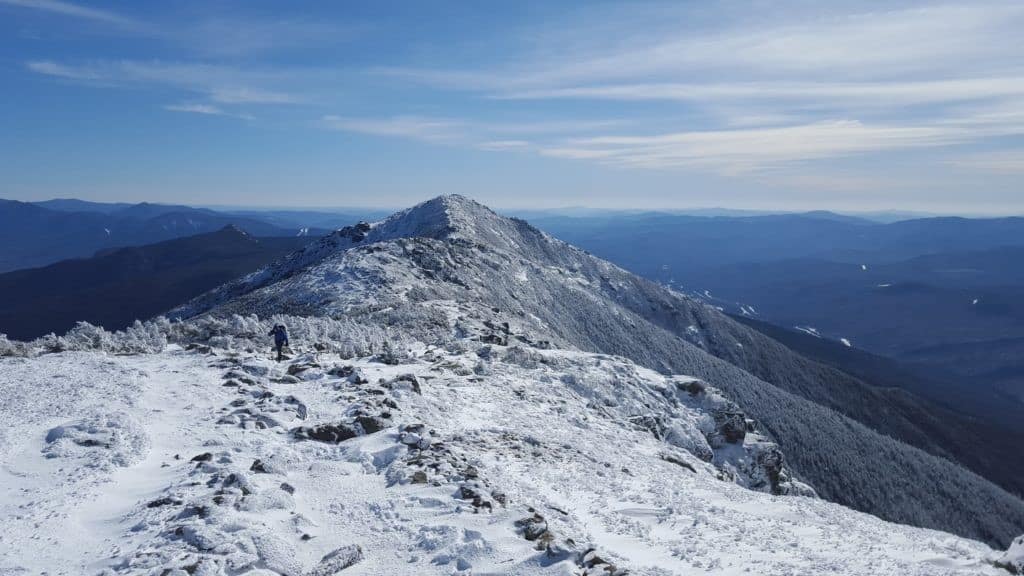
In the mountains, you can get hypothermia year-round. To combat cold any time of year, dress like an onion – layers layers layers! There are three basic layers: a base layer to move sweat away from
Pest Control
Know the pests in the general area. Bug bites are really annoying. A bear bite can be catastrophic. Understand that you probably should bring some form of deterrent for bugs and bears if they are known in that area. Ben’s®Clothing and Gear is fantastic to treat your gear before heading out.
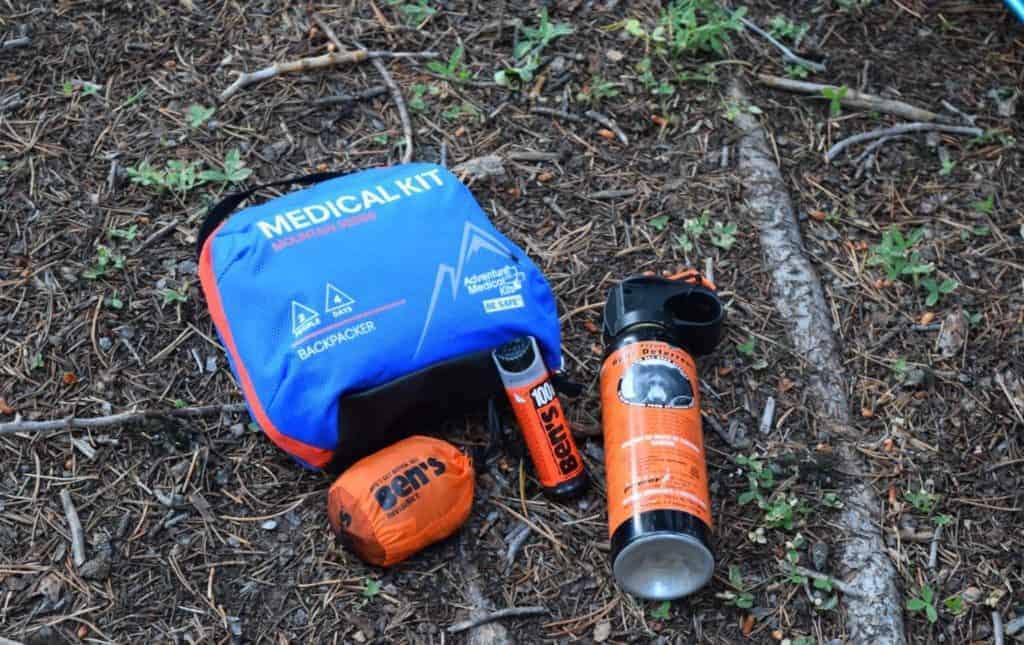
Packs
One thing the 10 essentials fails to bring up is how to carry all those things. A good fitting backpack is necessary. It’s worth investing in a durable pack to get you through years of adventures. The biggest aspect of any pack should be its fit. Different disciplines have slightly different requirements. For instance, my hiking bag has large, cushioned hip straps, so that the load will sit on my hip bones. My technical climbing pack has minimal hip straps as it will get in the way of my harness. Figuring out the proper size pack is also important (I’ve blown zippers in the backcountry from stuffing my pack too tight). I’ve also had back pain from under-filling a big pack and having the contents rattle around on a decent. Having a number of packs for different outings will keep your back happy and pain-free.
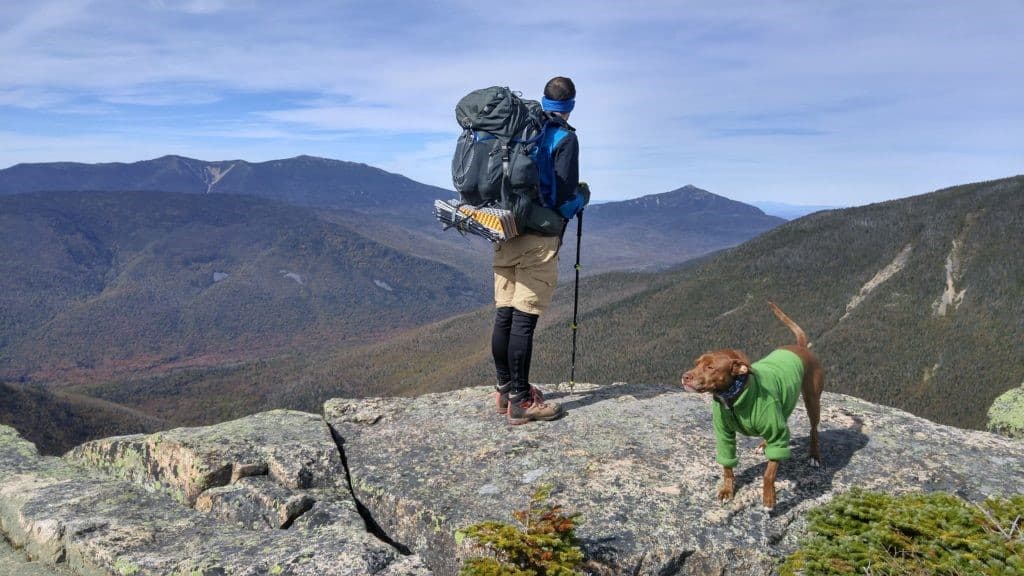
Trip Safety: Know Before You Go
Having fun and enjoying the outdoors is best achieved when you are properly prepared. While carrying the proper gear will help mitigate potential issues, there are intangible things that are invaluable in preparing for a hike.
Know what the climate is like where you are going.
In the early spring, my SAR team might have 4 rescues in a day, while mid-summer we get 1 in a weekend. Why is this? In the White Mountains, we’re only 2 hours away from Boston on the interstate. On early spring weekends,
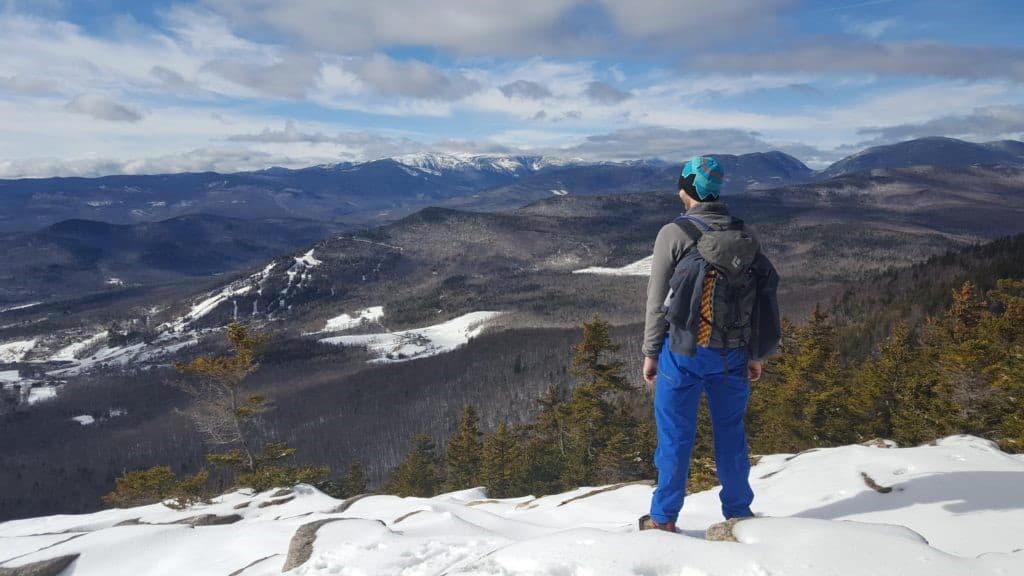
We live in a wonderful age where Facebook communities, Sub-Reddits, and Instagram posts can help you deem what true current conditions are.
Set a turnaround time before leaving the house.
This should be a firm time in which you know you need to turn back. A turnaround time keeps you honest with how quickly you are actually moving. The mountains will be there another day, and setting the time before leaving the house keeps the emotions in check.
Let someone not on the hike know of your planned route.
Text/call right when you set off and right when you return. In some
Account for elevation change.
Elevation gain is not easy, neither is elevation loss. Remember getting to the top is optional, getting down is mandatory.
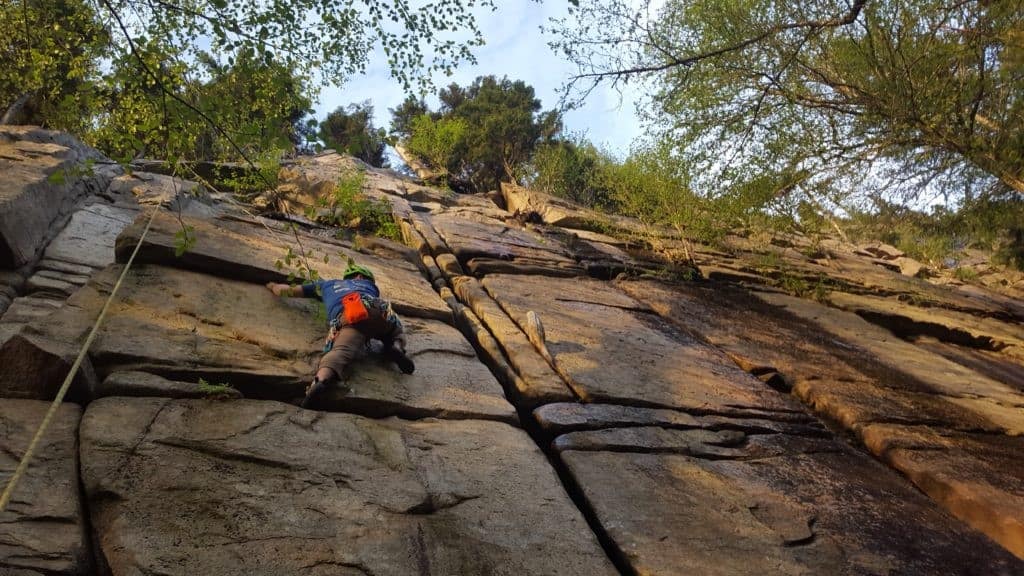
Don’t discredit what elevation change is on the hike. The general rule of thumb is every 1,000 feet of elevation change will feel like another mile on the hike. For example, if I hike 4 miles to the summit with an elevation change of over 2,000 ft., that will feel like 6 miles. So a seemingly
Be realistic on where you and your party is at physically.
If you haven’t had a cardio day in months, and you don’t know what leg day is at the gym, pick a more introductory hike. Check your ego and build up to that big hike. There is no shame or pain in hiking something under your threshold. A carry out on rugged terrain with broken bones is pretty miserable. Even hiking a couple miles hungry and exhausted will make you not want to return to the mountains for a while.
Plan for sunshine, prepare for thunder.
You may blow through your hike as fast as you think, but you might not. Bring enough food and water for some extra hours. Think about exposure to the elements: some extra time in the sun or wind or getting caught in a rainstorm can make for a miserable outing.
Conclusion
Backcountry travel is no easy task. There are so many variables which go into a good adventure. I’m constantly re-evaluating gear and travel techniques to help keep me safe and have a good time. From gear to pre-adventure prep, there are plenty of trip safety actions you can take to ensure you have a great next adventure.
About the Author

Joe Miller is an alpinist residing in the White Mountains of New Hampshire. He serves on the Pemigewasset Search and Rescue team, which has received some fame from the television show North Woods Law. Joe loves everything about the outdoors and can be found taking full moon laps up Cannon Cliff, ice climbing classics in Crawford
